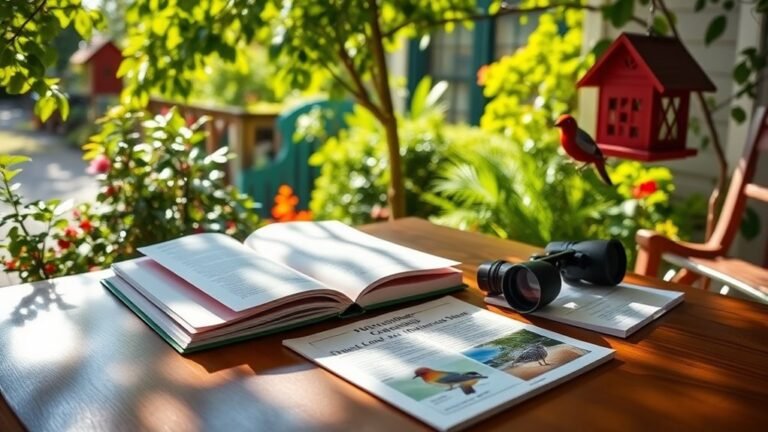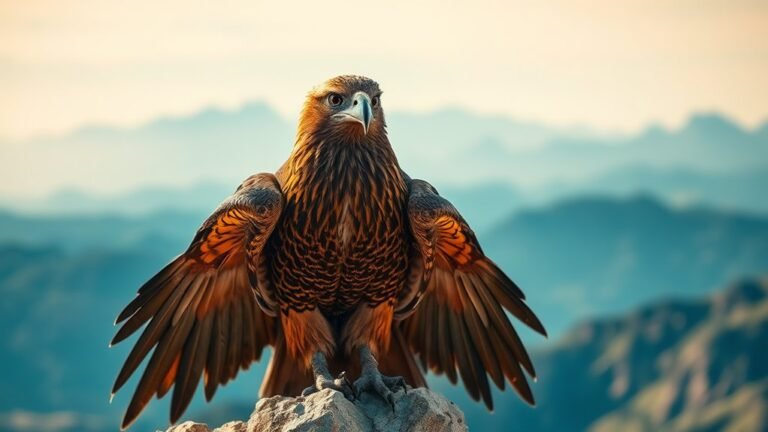What Birds Like Thistle Seed? Goldfinch Favorites
Thistle seeds attract several bird species, especially goldfinches. Goldfinches often prefer these seeds due to their feeding habits. They spend a lot of time at feeders, using their sharp beaks to crack open the seeds. Other birds, like siskins and house finches, may also enjoy thistle seeds, but goldfinches are the most enthusiastic visitors.
If you want to attract more goldfinches and other birds, provide a thistle seed feeder in your yard. This type of feeder helps keep the seeds dry and accessible. Watching these colorful birds can be a delightful experience, making your birdwatching more enjoyable and rewarding.
Key Takeaways
Goldfinches love thistle seeds. They are drawn to these seeds because they are high in oil and nutrients. Goldfinches can often be seen hanging upside down while they eat.
House finches and pine siskins also like thistle seeds, especially in the winter. Thistle seeds provide important food for songbirds during their migration, helping them stay strong and healthy.
Having a variety of birds at thistle feeders can make your backyard more lively and interesting.
The Appeal of Thistle Seed to Birds
Many birds are attracted to thistle seed because it's high in oil and nutrition. Thistle seed provides essential fatty acids and protein, which help birds maintain healthy feathers and energy levels.
To attract these birds, use sock feeders or tube feeders. These feeders are ideal for smaller birds that enjoy thistle seed, and they keep larger birds away. This setup creates a friendly space for the birds you want to attract.
Goldfinches: The Primary Enthusiasts
Goldfinches are enthusiastic eaters of thistle seeds. They prefer these seeds for their rich nutritional value.
When foraging for food, goldfinches display impressive acrobatic skills. They often hang upside down to reach seeds from thistle heads. This ability helps them thrive, especially during nesting season when they need high-fat food for energy.
Goldfinches usually feed in flocks, creating a sense of community. Many bird watchers find this behavior charming. Their bright yellow feathers and cheerful calls bring liveliness to any backyard, making them enjoyable to watch.
Knowing their food preferences can enhance your appreciation for these delightful birds and their role in nature.
Other Birds That Enjoy Thistle Seed
Many bird species enjoy thistle seeds due to their high oil content.
House finches are common visitors to feeders and are attracted to the bright color of thistle seeds.
Pine siskins also like them, particularly in winter when food is limited.
Doves and sparrows sometimes eat thistle seeds, but they usually prefer other foods.
During migration, songbirds may rely on thistle seeds for nourishment on their long journeys.
Recognizing the variety of birds that feed on thistle seeds can help you appreciate the diverse wildlife in your backyard.
Setting Up the Perfect Thistle Seed Feeder
Setting up a thistle seed feeder can improve your backyard birdwatching experience. It attracts finches and other seed-loving birds.
Start by choosing a good location for the feeder. Place it near shrubs or trees so birds feel safe. Make sure it's visible from your favorite spot to watch the birds easily.
Select a feeder made for thistle seeds. These feeders have smaller openings to keep larger birds away.
Store thistle seeds in a dry, airtight container to keep them fresh. Stale seeds won't attract birds.
Regularly clean the feeder and replenish the seeds. This creates a welcoming space for birds and helps you enjoy observing their behavior.
Setting up the perfect thistle seed feeder not only aids in birdwatching but also builds a connection with nature.
Tips for Attracting and Observing Birds in Your Backyard
To attract and observe birds in your backyard, focus on three key elements: food, shelter, and environment.
Start by planting native plants. These plants provide natural food sources and homes for birds. Position bird feeders near these plants. This helps birds feel safe and makes them easy to see. Use a variety of feeders, such as those for thistle and sunflower seeds, to draw different bird species.
Keep the feeding area clean to avoid spreading disease. Offer fresh water in a shallow dish for drinking and bathing.
Be patient and maintain a quiet atmosphere. This will encourage birds to visit, allowing you to enjoy watching them in your backyard.
Frequently Asked Questions
Can I Use Thistle Seed for Other Types of Birds?
You can use thistle seed for other birds, but it mainly attracts goldfinches. To attract different types of birds, consider offering a variety of bird food. Try different options to see which attract more feathered friends to your feeders.
How Long Does Thistle Seed Typically Last in Feeders?
Thistle seed usually lasts one to two months in feeders. Its lifespan depends on the environment. To keep thistle seed fresh, regularly clean and maintain your feeders. This prevents mold and spoilage, ensuring a healthy space for birds. Fresh seed attracts more birds and keeps them coming back!
Are There Any Health Risks for Birds Eating Thistle Seed?
Thistle seed provides benefits for birds, but it should not be their only food source. A varied diet helps support their health. Include different seeds, fruits, and insects to ensure birds get the nutrients they need. This balanced approach promotes better overall well-being for your feathered friends.
Where Is the Best Location to Place a Thistle Seed Feeder?
To attract more birds, place your thistle seed feeder in a quiet area of your garden. Hang it at a height of 5 to 6 feet. This height will invite various bird species while keeping them safe. Birds will find the feeder easy to access, making it a welcoming spot for them.
How Often Should I Refill the Thistle Seed Feeder?
Check your thistle seed feeder regularly. Aim to refill it every week. This keeps the seeds fresh and ensures birds visit your yard consistently. A regular feeding schedule creates a welcoming space for birds to enjoy.

Ava is a bird enthusiast and nature lover who has spent countless hours observing and learning about the fascinating world of birds. With a passion for sharing her knowledge and inspiring others to appreciate the beauty of birds, Ava writes about her experiences and insights on avianadmirer.com.







